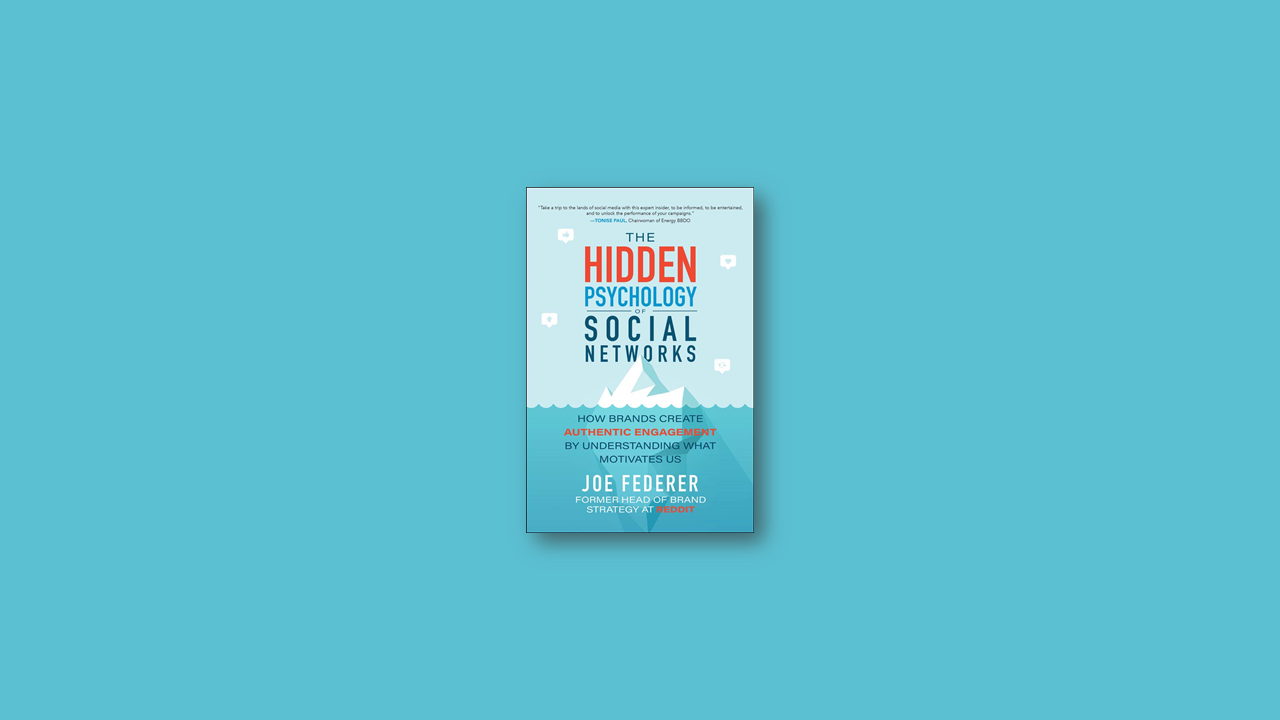What’s in a meme?
A meme in the traditional, biological sense is simply a “unit of idea” or a “unit of culture.” A meme machine is the format used to communicate an idea or meme. In order for our brand messages (memes) to effectively drive engagement, we should express them in the lightest, most accessible formats (meme machines).
The Importance of the Format of a Meme
The meme machine is just as important as the meme. The format of a piece of content is just as important as the subject of that content.
- When creating branded content, look for comparable content that has successfully generated engagement organically, and use that successful organic content as inspiration.
- Be willing to break out of the advertiser comfort zone (that is, video). Test new formats and ways of expressing your messages, and you may well discover new, more efficient ways of sharing those messages.
- Evaluate content performance with metrics that are tied to real value. Social actions and earned reach are both examples of common metrics that help measure how successfully a message spreads.
- Whenever possible, messages should be shared in “complete meme machines” that allow people to derive the value of a piece of content directly in their social feeds.
Wearing our memes: The Ideal Self, Managed Self, and True Self

- In managed self networks, we’re connected to our offline friends, and we are identified as our offline selves. We represent a version of ourselves consistent with the persona we wear offline.
- In ideal self networks, we manifest our Superegos. We’re connected to some of our offline friends, but we’re also discoverable to a network of people who don’t know us. We represent an idealized version of ourselves.
- In true self networks, we’re disconnected from our offline selves and our offline friends. In this Id space, we have the ability to explore new interests and express ourselves in ways that we may not be comfortable with in Ego and Superego spaces
The Ego and the Conscious Center of Action

Ego networks are those in which we’re connected to the people we know offline and are identified as our offline selves. We’re most tangibly connected to people who know the “real” us, and we’re simultaneously in a mode of self-representation and social connection.
- To drive meaningful engagement in Ego networks, we not only need to brand ourselves but help our audience represent themselves to their friends.
- We can help our audience represent themselves by championing shared perspectives, sparking conversations between connections, or otherwise creating content that allows our audience to build their identity through our brand meaning.
- Brands that represent embarrassing or personally revealing information may struggle in Ego space, but there are paths to success through humor and commiseration.

Superego Networks and the Expression of the Ideal Self

Superego networks are ones in which we’re usually identifiable as our offline selves, have some connection to the people we know offline, and simultaneously have the potential to reach an entire network of people we don’t know yet. We’re representing idealized versions of ourselves.
- To drive engagement in Superego networks, we have to create content that aligns with some aspect of people’s ideal selves. That requires an honest, self-aware understanding of what our brand represents.
- Nearly every piece of content with which a person engages in Superego space is in some way badgeworthy.
- Social status is extremely important in Superego networks, and we can demonstrate our status through high levels of engagement, growing our following, and partnering with other reputable influencers and brands.
- Influencer integrations can be strong tactics for building relevance and lifting social status, but they must feel organic in order to meaningfully sway opinions
The Id and the Unconscious Self

Id networks are those in which we’re disconnected from our offline identities and organized around common interests and ideas. We’re more expressive and more willing to explore new ideas.
- Because we’re organized around common interests and exposed to more shared experiences, Id networks foster a sense of community that’s distinctly different from identity-based social platforms.
- To drive meaningful engagement in Id networks, we must appeal to the community rather than to the individual, which means fostering group conversation and creating content with depth.
- Members of Id network communities trust the opinions and information uplifted by the group. In order to change brand perception, we should address the community, not just individual members.
- Because users are their most transparent, candid selves in Id networks, we should aspire to be our most transparent, candid selves as brands too. PR and marketing-speak almost always backfire in Id network community relations
Five Lessons for Honing a Social Strategy
- Social listening is absolutely critical, and it should be considered an ongoing part of any brand’s social media strategy. It should occur at the level of trend, of category, of brand, and of content itself.
- Choose as many social channels as can be well executed. Less is more when strapped for resources. One or two great brand presences will almost always trump a handful of mediocre ones.
- Create synergy between left and right brain strategies whenever possible. Manifest behaviors that reinforce brand positioning and connect meaningfully with people (right brain). Then tell stories about those behaviors in ways that appeal to a broad audience (left brain).
- Start the creative process with the most competitive channels in mind. It’s easier for an engaging piece of content from social media to adapt to TV than the other way around.
- Utilize timing as a tactic when relevant to a broader strategy, but don’t rely on real-time content to carry the social media strategy. Strive to create consistently high-engagement evergreen content before investing heavily in real-time content development

